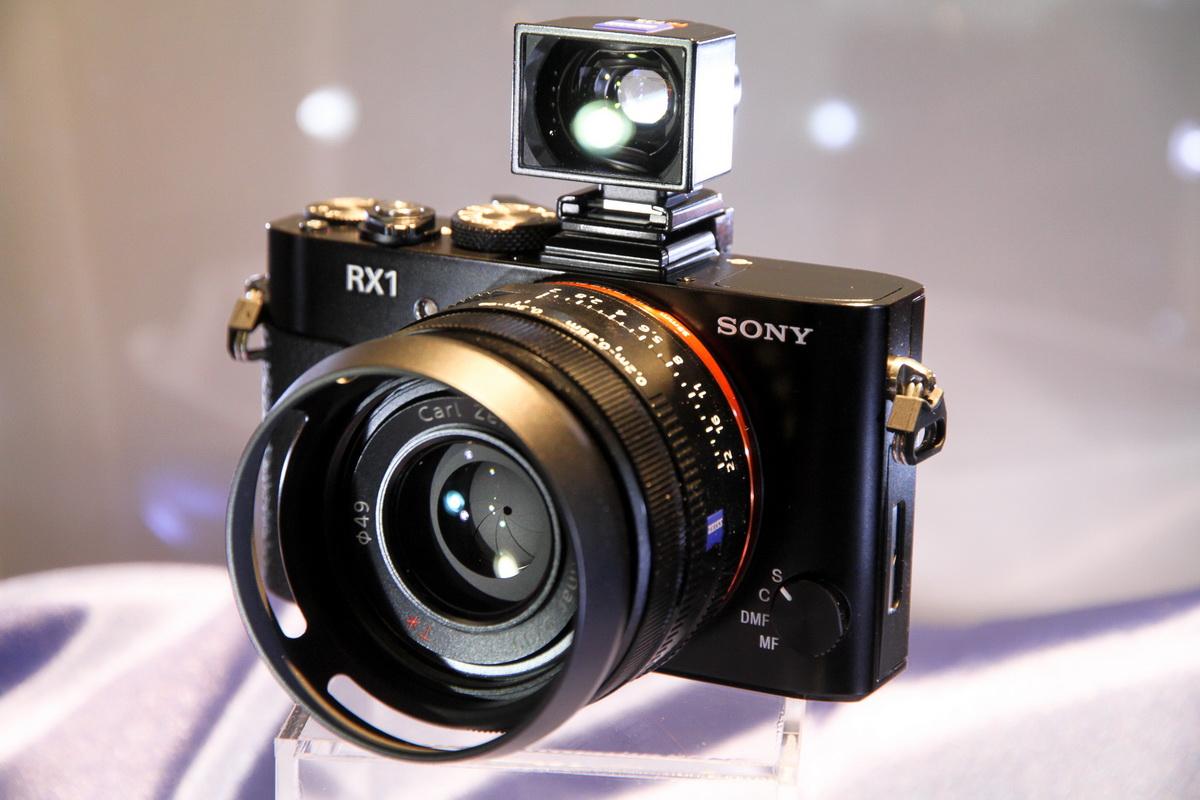A Camera Tutorial is an excellent source of information about digital photography. There are many types of Camera Tutorials for beginners, intermediate and professionals. All of them provide step by step information on how to operate cameras and the basic features of them.

The first thing you must do is to set up your camera. Make sure that the image resolution, shutter speed, aperture and flash are correctly set. You should also focus your attention on the image resolution. If you have to adjust image resolution while shooting the images, you should be aware of the importance of image resolution.
Next, you can move on to the focusing capabilities of your camera. The focusing capabilities of digital cameras is done by using a lens. If you have to use a wide angle lens, it will give you more flexibility to manipulate the image as in a film camera. On the other hand, if you are using a telephoto lens, it gives you more options as in a real camera.
Now you can move on to activating the flash. In most cameras, you can turn on the flash by pressing the shutter button halfway. This also allows you to take photographs in dimly lit areas. You can also turn off the flash with the shutter button halfway, but you will lose light.
Another camera feature that can be useful in a tutorial is the built-in memory card. Memory cards come with almost every digital still cameras today. You can either plug it in directly or connect the memory card to your computer. There are basically two types of digital still cameras: digital single lens reflex and professional cameras.
Most digital SLR cameras have a red camera icon so you can see them by pressing the red button on the camera. Pressing this button will launch the camera. If the camera has a flash, you will see a flash icon. The first thing you need to do is select "manual mode". By doing this, you can adjust the focus and the picture quality.
The next step is to turn the digital still cameras on auto mode. By doing this, you can use the flash. As previously mentioned, there are basically two types of digital cameras: professional ones and the basic model. The difference between these two is the size of the LCD panel. The professional ones usually have larger LCD screens than the basic model.
You should now be able to take pictures. To do this, you should turn the camera on fully and then look through the viewfinder on the back of the camera. Look for a spot on the screen where you can view the scene through the viewfinder. The easiest way to do this is to look for where the sun is at that particular moment in time. Choose this point, and then point the camera at it. When you look through the viewfinder, you should see a red dot at that spot.
Next, you should turn on the playback mode. In this mode, you will have access to a wide range of functions such as adjusting the focus, zooming in or out, and panning in or out. The main advantage of this mode compared to normal mode is that you can preview shots without having to wait for them to load in the memory.
The next step is to look at the screen options. On the top of the screen, you will find a menu button and a settings menu button. Using the menu button, you can access various functions, which includes adjusting white balance, color compression, and image stabilization.
At this point, the last thing you should do is to access the settings by pressing the menu key and the Escape key. This will open the configuration utility. In this utility, you will need to double-click the image option and click the button called Adjust Image. This will open the adjustment utility. There you will need to click the option named adjust while using the mouse to make the changes.
In conclusion, following this Camera Tutorial will help you to handle different camera operations such as enabling and disabling flash, adjusting image quality, and testing the focus and zoom. Furthermore, this instruction will show you how to use the camera and the basic features. At the end of this article, you should have learned how to use the flash button and how to use the shooting menu. Happy shooting!
